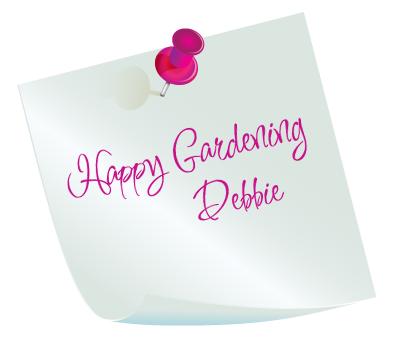Always read the label!
May 6, 2015 10:49 am Leave your thoughtsOne piece of advice that I give to all of my clients with regards to plants is please, Always read the label!
It is also wise to keep the label if you can. It can be pushed into the ground beside or behind the plant or it can be kept in a folder for future reference.
One of my clients has taken this one step further by creating herself an entire manual in a folder. This lady has printed it off information on each of her plants and put it in a folder; she prefers a hard copy that she’s happy to take out in the garden.
A planting plan with some information was provided with the garden design but the client has also added plants along the way. By researching her plants and printing off the information she not only has it for future reference but is also learning as she goes.
There is a divider for each border, each section includes the original plant list with locations. Each plant has its own sleeve with the original label, a print out of relevant information and a good colour photo.
There are plenty of websites which offer all the information you could need on each plant. The RHS is one of these.
It would be just as easy to set this up electronically or even to take a step further as professionals do and add all the info to a database which you can search on.
It all really depends on your time and dedication.
Even if you don’t want to go to all this trouble, then at least, please, Always read the label!
You wouldn’t take your Cashmere sweater and bung it in a hot wash with your muddy jeans! So why, when you have spent good money on a plant, would you just bung it in a border without a thought, only to watch it get swamped by other plants or just die?
Plant Labels
Plant labels include all the information you need.
Below are examples of how this information may help you to make an informed decision about the placing of your plants.
Type:
Labels will often tell you if the plant is evergreen (keeps its leaves all year) a shrub (which will retain its structure all year), deciduous (will loose its leaves in winter), a perennial (which will die back and return year after year), a biennial (which will set seed one year and flower the next before dying) or an annual (which will flower and die in one season).
Size:
The label will usually include the ultimate height and spread of the mature plant. Give the plant enough room to spread. If you feel the ground looks bare whilst it grows to fill its space, fill in around it with annuals.
This information is useful to prevent a diminutive plant being swamped by a monster.
Light conditions:
Some plants prefer full sun (sun all day), others prefer part shade (sun for part of the day), or light shade (perhaps in the dappled shade of a tree) and some will thrive in dense shade.
Soil conditions:
Your soil might be clay which is full of nutrients but gets waterlogged in winter or bakes rock hard in summer. You may be lucky enough to have a good well drained soil with plenty of organic matter which will hold moisture and nutrients or you may have very light sandy soil which drains almost too well and leaches nutrients straight through. Some plants also prefer a particular PH i.e. acid level. Some must have acid soil to survive. All this information will be on the label.
Flower Colour:
If you like to colour theme your garden then this is an important factor. It’s a good way of creating continuity in a garden, to carry a colour through all the borders.
Flowering time: (Or season of interest)
This will help with the planning of interest throughout the year. If you view your garden from the house all year round it is good to have something flowering or some berries, coloured stems or coloured leaves whenever you look out.
Pruning advice:
Some plants have specific pruning requirements. Often these will be included on the label.
Get to know your plants but above all enjoy them!
If I’ve missed anything please let me know in the comments below.




